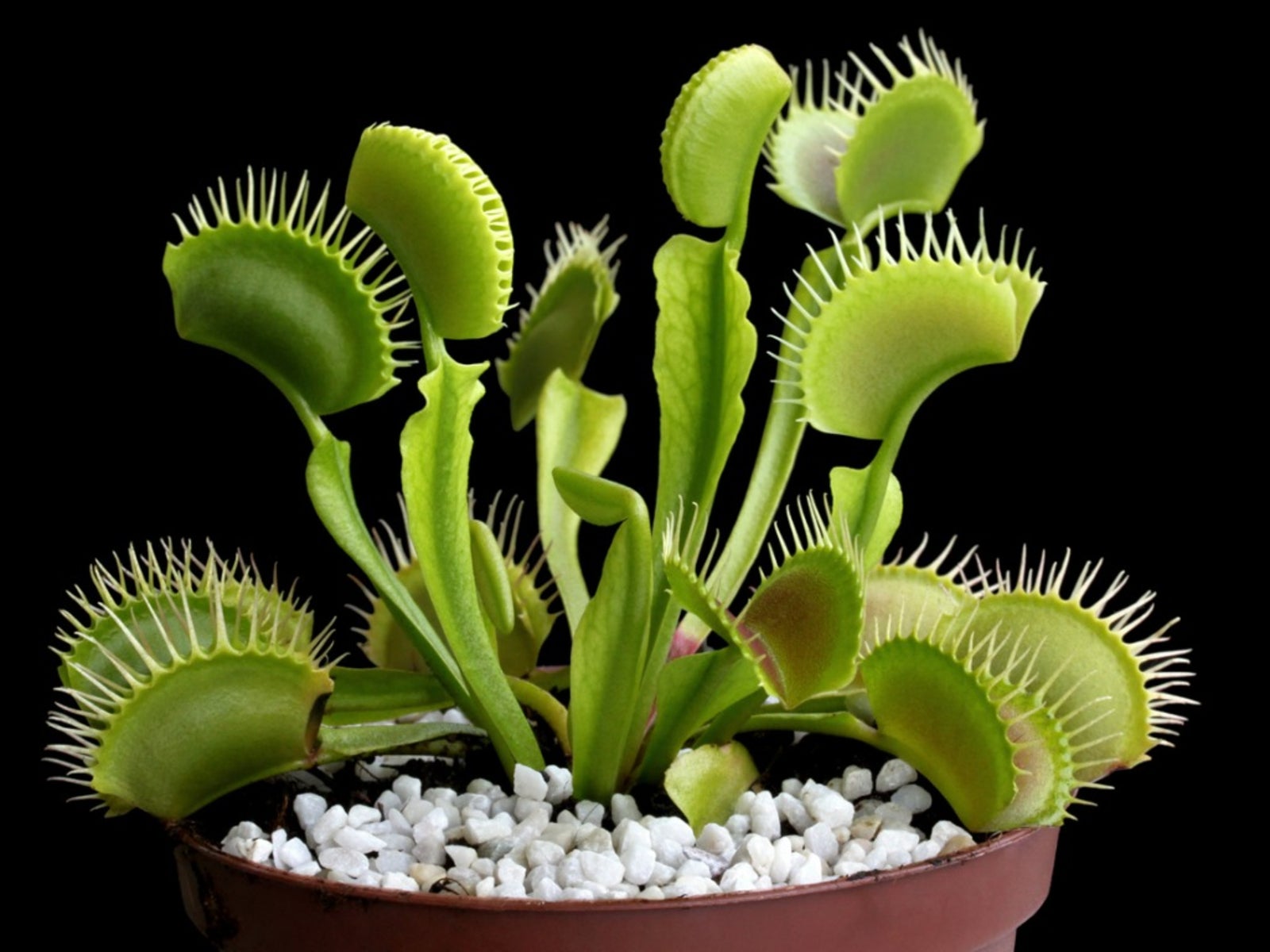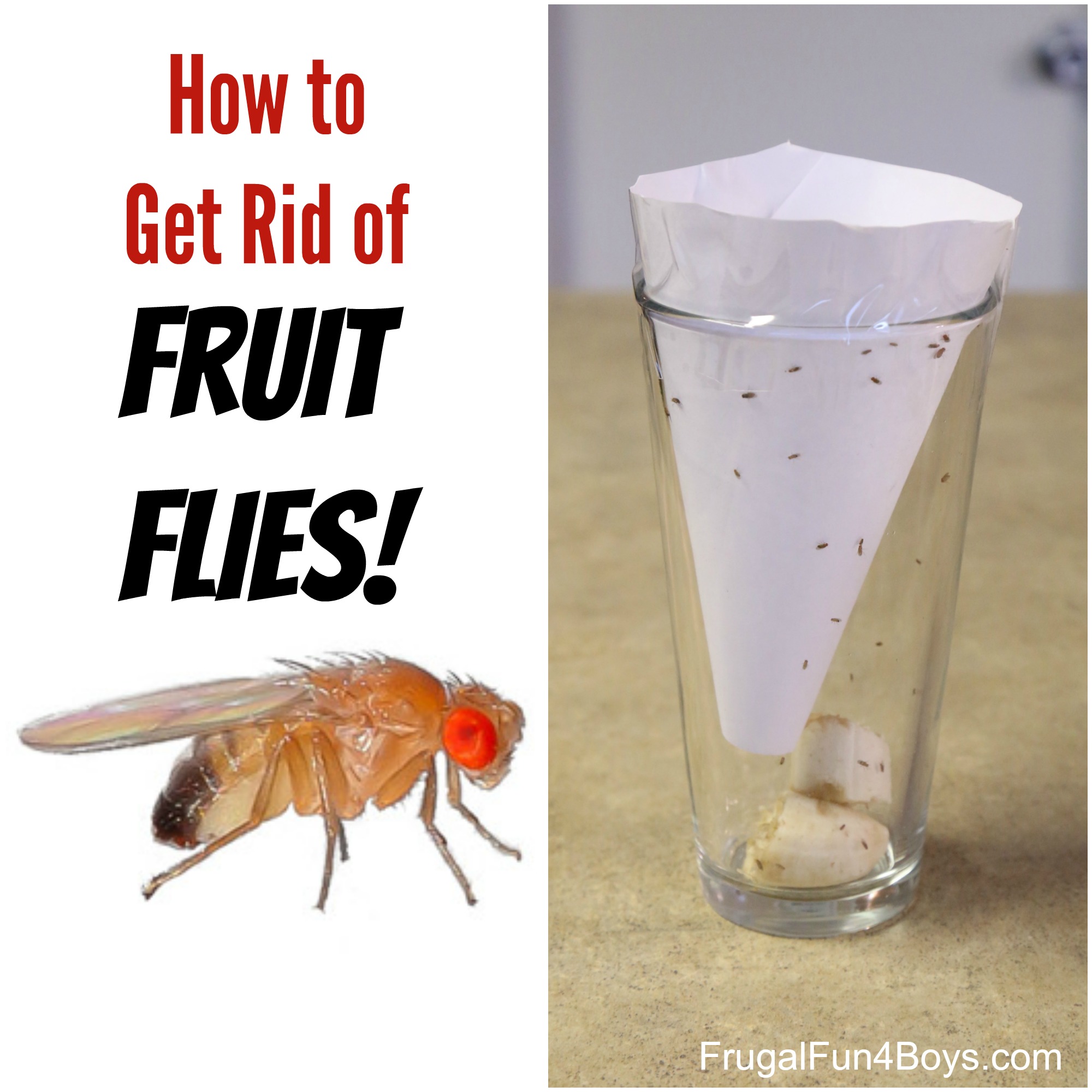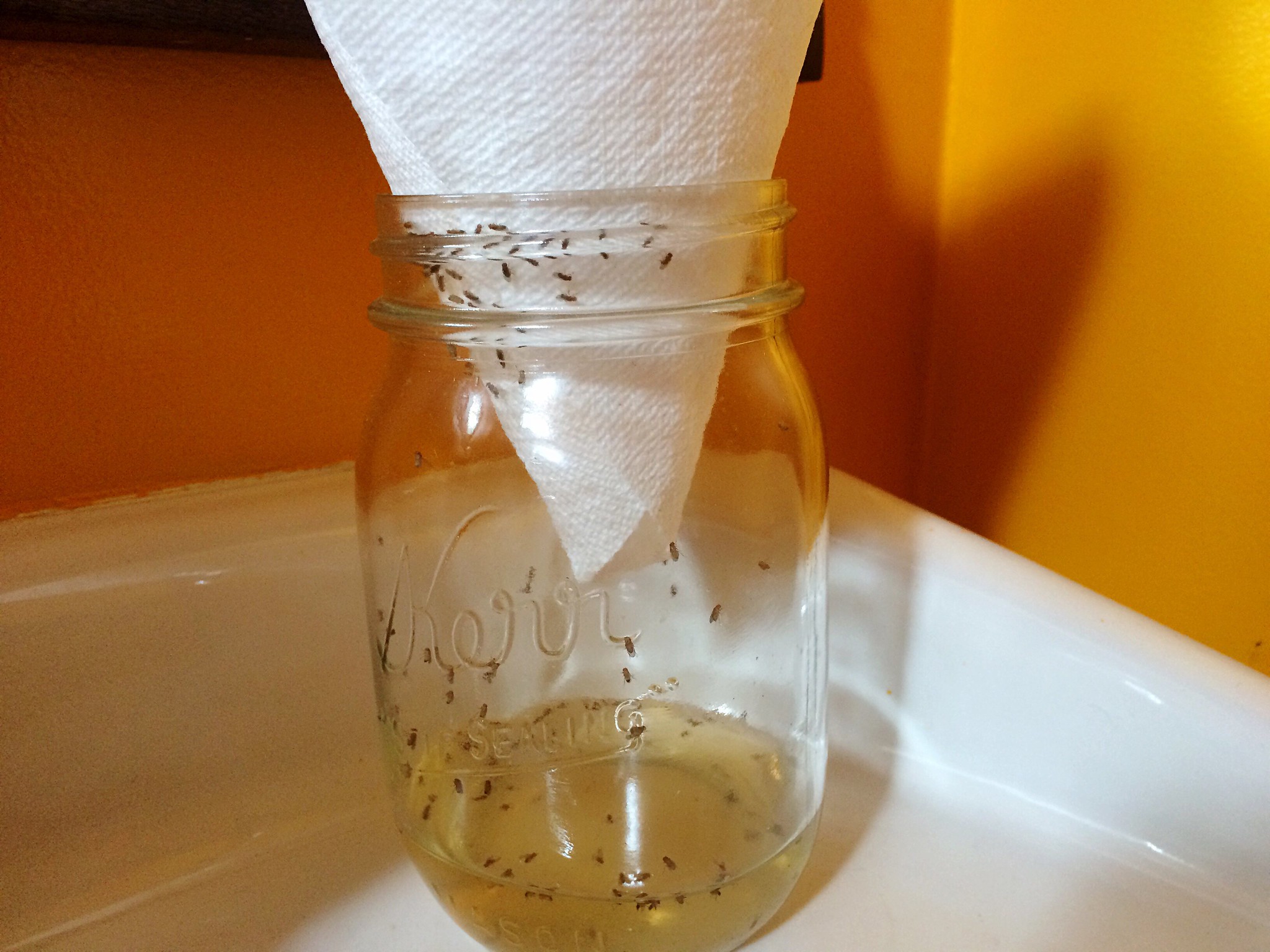How to Harness the Potential of Insectivorous Plants
Fruit flies can be a nuisance in homes and gardens, but using plants that catch fruit flies is a natural and effective way to get rid of them. Insectivorous plants, also known as carnivorous plants, have evolved to obtain essential nutrients by capturing and digesting insects. These plants have unique features that make them perfect for catching fruit flies, and they can be a valuable addition to any home or garden. By using plants that catch fruit flies, you can create a fruit fly-free zone without resorting to harsh chemicals. This approach is not only eco-friendly but also provides a fascinating and innovative way to control fruit fly populations. With the right knowledge and care, insectivorous plants can be a powerful tool in the fight against fruit flies.
The Science Behind Fruit Fly Attraction
Fruit flies are attracted to certain plants due to a combination of factors, including sweet-smelling nectar, bright colors, and sticky surfaces. Plants that catch fruit flies have evolved to exploit these attractants, using them to lure prey into their traps. For example, some plants produce nectar that is rich in sugars, which fruit flies find irresistible. Others have bright, vibrant colors that stand out against their surroundings, drawing fruit flies in. Additionally, some plants have sticky surfaces or leaves that trap fruit flies, preventing them from escaping. By understanding the science behind fruit fly attraction, it’s possible to harness the power of plants that catch fruit flies to create effective, natural traps.
Venus Flytrap: The Ultimate Fruit Fly Catcher
The Venus flytrap (Dionaea muscipula) is one of the most iconic plants that catch fruit flies, and for good reason. This carnivorous plant has evolved a unique snap trap mechanism that allows it to capture and digest fruit flies with ease. The Venus flytrap’s leaves are modified to form a trap, with trigger hairs that are sensitive to movement. When a fruit fly lands on the leaf and touches two or more of these hairs, the trap snaps shut, trapping the fly inside. The plant then produces digestive enzymes to break down the fly’s body, providing essential nutrients. The Venus flytrap’s snap trap mechanism makes it an ideal plant for catching fruit flies, and its unique features have made it a popular choice for those looking to create a fruit fly-free zone using plants that catch fruit flies.
Pitcher Plants: A Sweet and Deadly Trap
Pitcher plants (Sarracenia spp.) are another type of plant that catch fruit flies, using a unique and deadly trap to capture their prey. These plants have evolved to produce deep, slippery cups that are filled with a sweet, sticky liquid. Fruit flies are attracted to the sweet nectar and land on the rim of the cup, only to slip and fall into the liquid below. Once inside, the fruit fly is unable to escape, and the plant’s digestive fluids break down its body, providing essential nutrients. The slippery surface of the cup and the digestive fluids make pitcher plants highly effective at catching fruit flies, making them a popular choice for those looking to create a fruit fly-free zone using plants that catch fruit flies. By understanding the characteristics of pitcher plants, it’s possible to harness their power to create a natural and effective fruit fly trap.
Sundews: The Sticky Situation for Fruit Flies
Sundews (Drosera spp.) are another type of plant that catch fruit flies, using their adhesive leaves to trap and digest their prey. These plants have evolved to produce leaves covered in tiny, sticky droplets of glue-like substance, which trap fruit flies that land on them. The leaves of sundews are also covered in tiny hairs that point inward, making it impossible for fruit flies to escape once they are stuck. Once trapped, the sundew’s digestive enzymes break down the fruit fly’s body, providing essential nutrients. Sundews are particularly effective at catching fruit flies due to their ability to adapt to different environments, making them a popular choice for those looking to create a fruit fly-free zone using plants that catch fruit flies. By understanding the properties of sundews, it’s possible to harness their power to create a natural and effective fruit fly trap.
Bladderworts: The Aquatic Fruit Fly Trap
Bladderworts (Utricularia spp.) are a unique type of plant that catch fruit flies in aquatic environments, using their bladder-like traps and suction mechanism to capture their prey. These plants have evolved to thrive in water, where they use their traps to capture small organisms, including fruit flies. The bladder-like traps are triggered by the movement of the fruit fly, which causes the trap to open and suck in the fly. Once inside, the fruit fly is unable to escape, and the plant’s digestive enzymes break down its body, providing essential nutrients. Bladderworts are particularly effective at catching fruit flies in aquatic environments, making them a valuable addition to any fruit fly-free zone using plants that catch fruit flies. By understanding the unique features of bladderworts, it’s possible to harness their power to create a natural and effective fruit fly trap, even in water-based environments.
Creating a Fruit Fly-Free Zone with Carnivorous Plants
By incorporating plants that catch fruit flies into your home or garden, you can create a natural and effective fruit fly-free zone. To get started, choose a location that receives bright, indirect light and maintains a consistent temperature between 65-75°F (18-24°C). Plant your carnivorous plants in a well-draining potting mix, and water them with distilled water to prevent mineral buildup. For optimal results, place multiple plants together to create a fruit fly-catching zone. For example, pair a Venus flytrap with a pitcher plant and a sundew to create a comprehensive fruit fly-trapping system. Regularly feed your plants with fruit flies or other small insects to maintain their health and encourage them to thrive. By following these simple tips and using plants that catch fruit flies, you can create a natural and effective fruit fly-free zone that is both eco-friendly and chemical-free.
Conclusion: A Natural and Effective Solution
In conclusion, using plants that catch fruit flies is a natural, chemical-free, and eco-friendly approach to controlling fruit fly infestations. By harnessing the power of carnivorous plants, such as Venus flytraps, pitcher plants, sundews, and bladderworts, individuals can create a fruit fly-free zone in their homes or gardens. These plants have evolved unique features that enable them to capture and digest fruit flies, providing a sustainable and effective solution to a common problem. By incorporating these plants into their daily lives, individuals can reduce their reliance on chemical pesticides and create a healthier, more balanced environment. With their natural, non-toxic, and environmentally friendly approach, plants that catch fruit flies offer a revolutionary solution to fruit fly control, making them an attractive option for those seeking a more sustainable way to manage pests.







